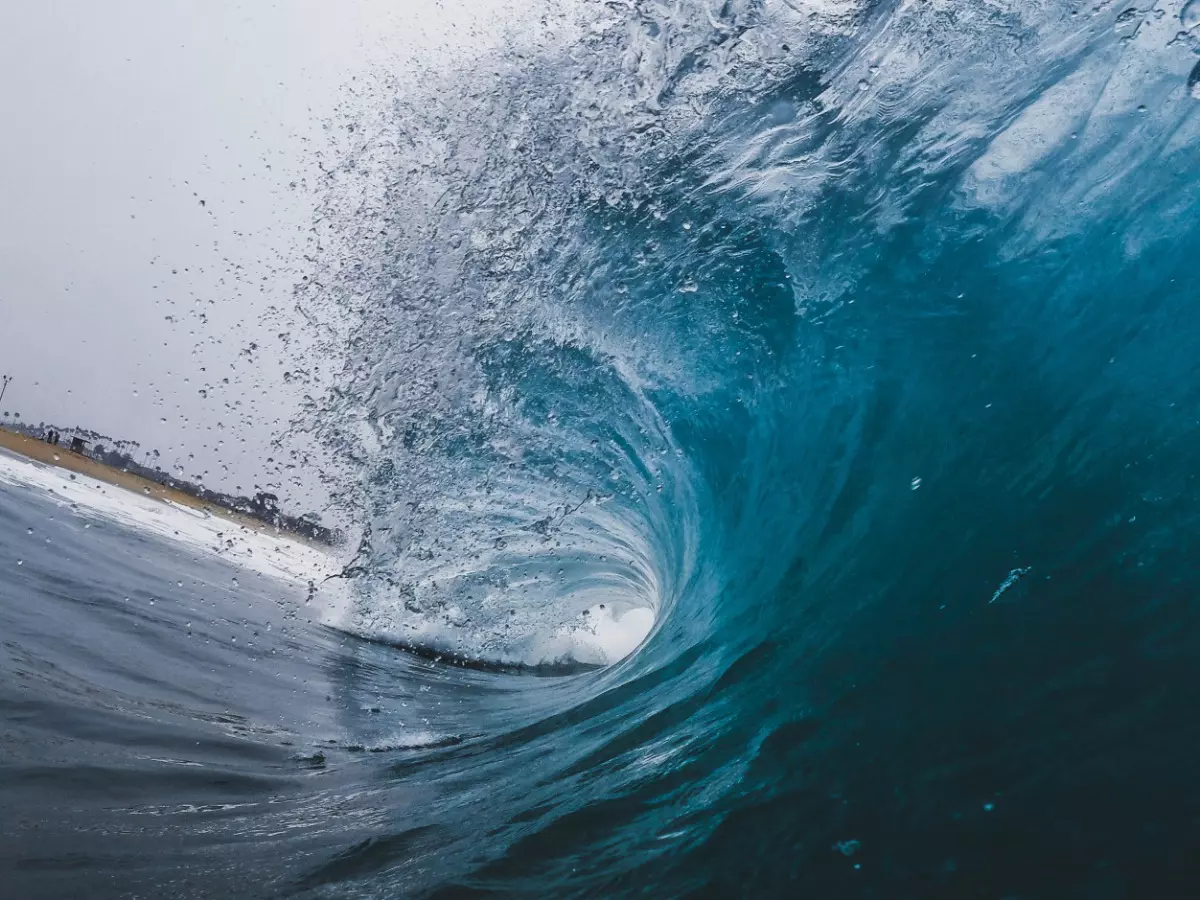Environment-Friendly Desalination Process Can Produce 42,000 Litres Of Water Daily
Desalination plants can help turn salty sea water into water suitable for drinking. Of the total water available on the planet, only 3% is fit for drinking.

A startup has unveiled its novel desalination technology that operates by using power from ocean waves. The environmentally friendly method could be especially useful in places where water needs are hard to meet and require conventional methods that have long-term climate impact.
 Unsplash
Unsplash
How do desalination plants work?
Desalination plants can help turn salty sea water into water suitable for drinking. Of the total water available on the planet, only 3% is fit for drinking. With desalination plants, some potential has been unlocked in using sea water for drinking purposes.
Even then, desalination requires a lot of energy. Owing to its energy-intensive requirements, it makes sense to have plants that are environment-friendly. Usually, desalination plants work thermally or through a membrane approach, Interesting Engineering explained. In the former, the water is heated till salt is left behind. Then the evaporated water is cooled and made available for use.
Also read: Solar Desalination Device Will Turn Sea Water Into Fresh Water For 400,000 People
 Unsplash
Unsplash
In the membrane approach, seawater is passed through a semi-permeable membrane that absorbs the salt. Now, a Canada-based startup called Oneka Technologies' method improves the membrane approach by using buoyant machines that are anchored to the seabed. These depend on a membrane mechanism that is powered by the waves.
What makes the new method different?
The machines are designed to absorb energy from the waves and convert it into mechanical force that can help draw in seawater. About a quarter of this water is circulated inside the desalination system while the purified water is pumped to the shore using mechanical power.
The entire set up works without electricity and its desalination machines are built in three sizes and for the system to work, one metre-high waves are required. The devices can produce up to 49,000 litres of water daily.
 Unsplash
Unsplash
Also read: Startup To Harvest Desalinated Drinking Water From Ocean Floor
The set up doesn't emit carbon during the process. In addition, it is friendly to marine life. Usually, waste from desalination plants contains high levels of salt that can kill marine life in the area of discharge. Oneka's machines use seawater to mix with concentrated salt and then release it back into the sea.
The company hopes to make its desalination machines commercially available next year. What do you think about this set up? Let us know in the comments below. For more in the world of technology and science, keep reading Indiatimes.com and click here for our how-to guides.
